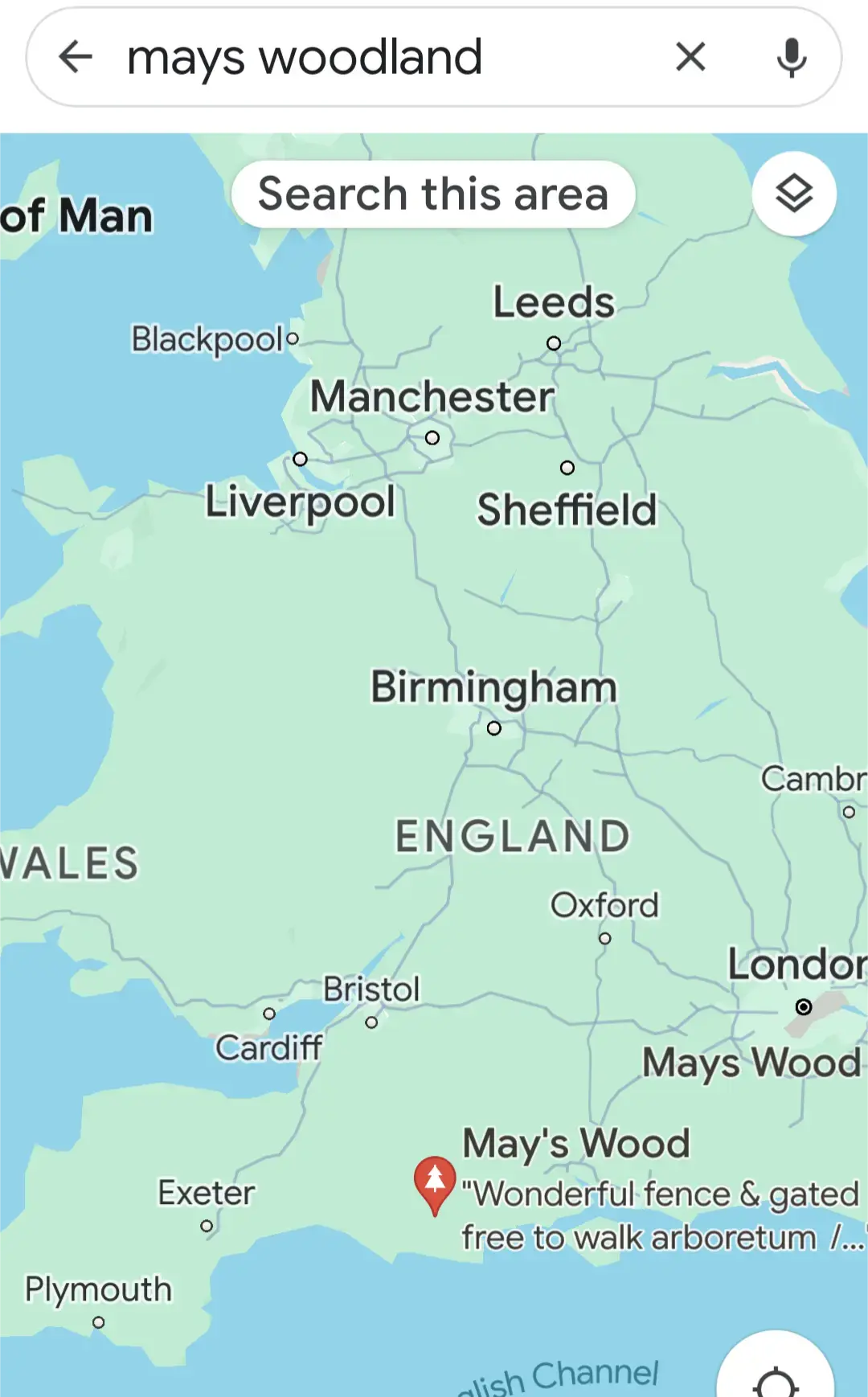Alt text: A picture of an older smiling white man with long curly white hair is holding his jacket open, revealing a vest, tie and a gold medal around his neck. The text reads: In 2013, Brian May of Queen bought 157 acres of land that was about to be developed into buildings. He planted trees with the help of volunteers and restored it into a thriving woodland. The area is called “May’s Woodland” and has over 100,000 trees growing there.


I’m not sure planting forests instead of housing is always a win for the environment. If the land is in a place where people can take sustainable transportation to their jobs, you should put dense housing there. Or else people will have to drive around your suburban forest.
But in the Brain May case, I have no clue where the forest is
Good question but it turns out it is not occupying the kind of location you suggested. Being a physicist he probably considered this
I’m not stating whether he considered it or not, but Brian May being good at one thing (physics) doesn’t mean he’s good at other things.
At least two things tho, physics and music
And hair
Yessss pure lemmycomment
I don’t know much about the pros Vs cons of woods Vs housing, but I do know that the woods are in an area of the UK where badger culling (ostensibly to reduce levels of bovine TB) is common, and also that the land used to be agricultural. May has a history of campaigning to prevent the killing of British wildlife such as hedgehogs, foxes, badgers and more.
Badgers are especially relevant in this context. They are carriers but bovine-TB is always present in the environment. Whilst there can be transmission between badgers and cows, the majority of cases in farmed cattle are cattle-cattle transmission. Badger culling has not been shown to be necessary or useful in reducing outbreaks of bovine-TB. A better solution is more eyes on agriculture.
I don’t know more specifics of this forest, but I’m inclined to take a favourable view of the project in this case, especially as the pro-culling rhetoric around Badger culling irks me. I’m also vaguely aware of a bunch of reforestation projects in the UK and this seems like a sensible place for a forest (with the caveat that I’m a biochemist with only a superficial knowledge of what’s going on in ecological activism in the UK atm)